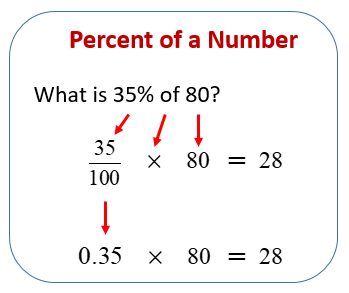

The coronal plane is a vertical plane from head to foot and parallel to the shoulders, dividing the body into anterior (front) and posterior (back) sections. While the degree of curvature is measured on the coronal plane, scoliosis is actually a more complex, three-dimensional problem which involves the following planes: Scoliosis is often defined as spinal curvature in the “coronal” (frontal) plane. These natural curves position the head over the pelvis and work as shock absorbers to distribute mechanical stress during movement. The spine's normal curves occur at the cervical, thoracic and lumbar regions in the so-called “sagittal” plane. It is most often diagnosed in childhood or early adolescence. Scoliosis is an abnormal lateral curvature of the spine. These protections are set out in an amendment to the Workplace Relations Act 2015.Scoliosis | American Association of Neurological Surgeons

If you leave your job within these 15 months, you should get payment instead of the leave you did not take due to illness. If you are on long-term sick leave and cannot take your annual leave due to illness, you can carry it over for up to 15 months after the end of the year it was earned. Your statutory entitlement (legal entitlement) to annual leave continues to build up when you are on sick leave, as long as you have a medical certificate. What happens to my annual leave when I am off sick? Your employer cannot make you to take annual leave for time you were on certified sick leave. This way, the sick days will not count as annual leave, and you can take your annual leave at a later date. Give the medical certificate to your employer as soon as you return to work. If you are sick while you are on annual leave, you should get a medical certificate from your GP (doctor) as soon as possible to cover the days you were sick. What if I get sick while on annual leave?

If you are an agency worker, the party who pays your wages (employment agency or client company) is the employer for the purposes of the Organisation of Working Time Act 1997, and is responsible for providing your annual leave entitlement.
#1 3 as a percent full
If you work full time for some months and part-time for the rest of the year, you should calculate the leave for the full-time and the part-time periods of work separately. This means you can get 8% of your hours worked. Generally, annual leave for part-time workers is calculated using Method 3 above. If your pay changes from week-to-week (for example, because of commission or bonus payments), your holiday pay is the average of your pay over the 13 weeks before you take holidays.

Holiday pay (pay for annual leave) must be paid in advance at your normal weekly rate. This means you can get 2 weeks off in a row. If you have worked for at least 8 months, you are entitled to an unbroken period of 2 weeks' annual leave. When calculating your holiday entitlement, your employer should include all the hours you worked, including time spent on annual leave, maternity leave, parental leave, force majeure leave, adoptive leave or the first 13 weeks of carer’s leave. You cannot use this method if you changed employment during the leave year.Ĭalculate 1/3 of a working week for each calendar month in which you worked at least 117 hours.Ĭalculate 8% of the hours you worked in the leave year, subject to a maximum of 4 working weeks. If you have worked at least 1,365 hours in a leave year (see above), you are entitled to the maximum of 4 working weeks' paid annual leave. You can use whichever method gives you the greater (biggest) entitlement: There are 3 ways to calculate your annual leave entitlement. Many employers use the calendar year (January to December) instead of the statutory leave year for administrative reasons but this does not affect your statutory leave entitlements. The statutory leave year runs from 1 April to 31 March. Your annual leave entitlement depends on how much time you have worked in a leave year.


 0 kommentar(er)
0 kommentar(er)
